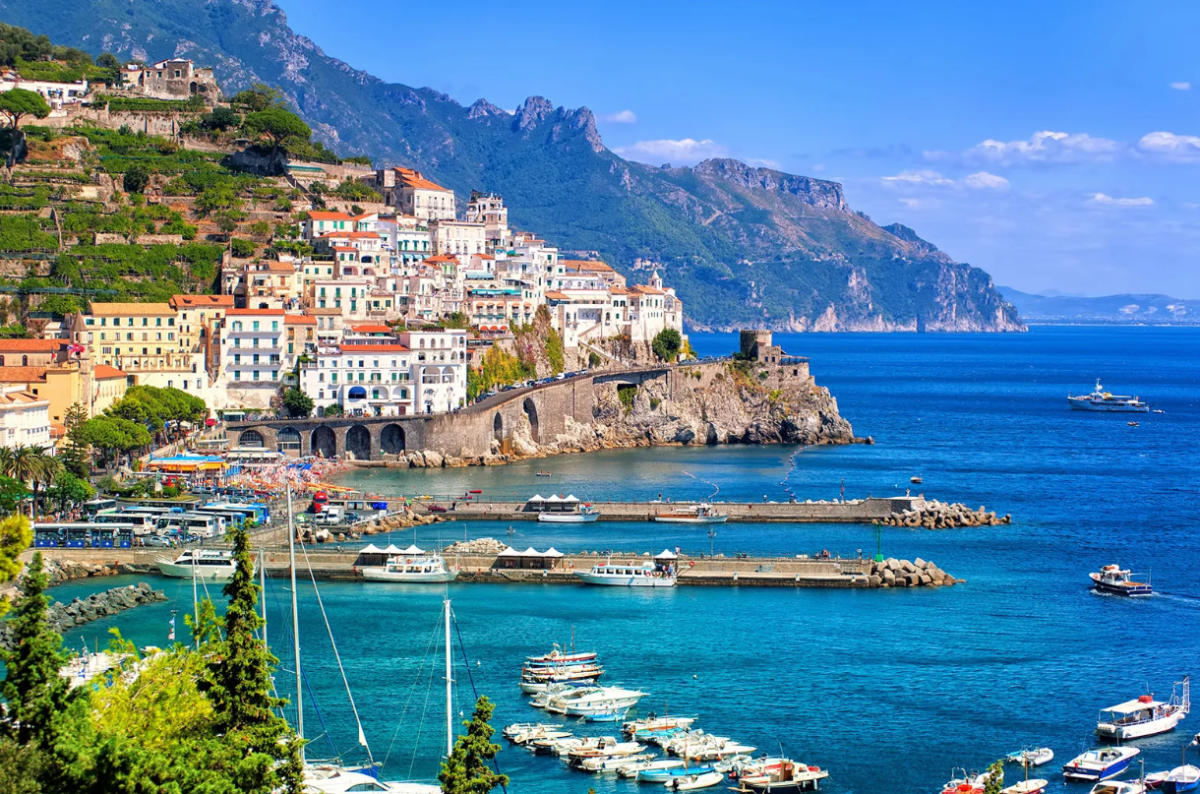European History is one of the most difficult AP History courses. Students will delve into the complex history of Europe. For high school students, textbooks may not go as in-depth and can be difficult to visualize. When students want to gain a deeper understanding of Europe’s rich past, traveling to the region can be a great idea.
As Mr. Buchan (S), the AP Euro teacher at Yorba Linda High School, firmly believes, “Travel is an incredible part of self-growth. Experiencing things different from what one might be used to only helps a person young or old grow and appreciate both their home and the world away from home. Traveling to Europe is hard for most, but if a student has the opportunity to travel abroad in advance of AP Euro, I would say [to visit] Florence, Italy, and for sure the train to Rome. Paris would be the second. An open mind and a desire to learn new things are parts of traveling and growing as a person.”
The following are several places in Europe that are suitable for travel:
1) Italy’s unparalleled combination of art, culture, and history presents an immersive experience that brings textbooks to life. As the cradle of the Renaissance, Florence is famous for its magnificent architecture and masterpieces by artists such as Michelangelo and Leonardo da Vinci. From the iconic cathedral to the Uffizi Gallery, every corner of this fascinating city tells a story waiting to be discovered. Take a scenic train ride to Rome and absorb the thousands of years of history. The majestic Colosseum, the splendor of the Vatican City, and other astounding historical sites give you an insight into the rise and fall of ancient civilizations.
2) Paris, often called the “City of Light,” mesmerizes travelers with its timeless elegance and romantic charm. Steeped in history, from the French Revolution to the Belle Epoque, France’s capital is home to a variety of monuments that have shaped Europe’s past. By walking along the Seine, students can follow in the footsteps of the revolutionaries at the Bastille or marvel at the grandeur of Versailles and gain a deeper understanding of key moments in European history.
3) London, across the English Channel, is a living witness to the evolution of Western civilization. From the majestic Tower of London to the iconic British Museum, the city’s landmarks offer a chronological journey recounting the triumphs and tribulations of the centuries. Here, students can delve into the Tudor dynasty at Hampton Court Palace or reflect on the legacy of the Industrial Revolution at the Albert Museum of Victoria, broadening their perspective on Europe’s complex socio-political landscape.
In summary, the best destinations for studying AP European History offer more than just academic enrichment; they are catalysts for personal growth and cultural immersion. Students gain a deep understanding of the present and future by traveling and immersing themselves in European history; they will not be disappointed by the intellectual and personal gains these countries offer them.

























